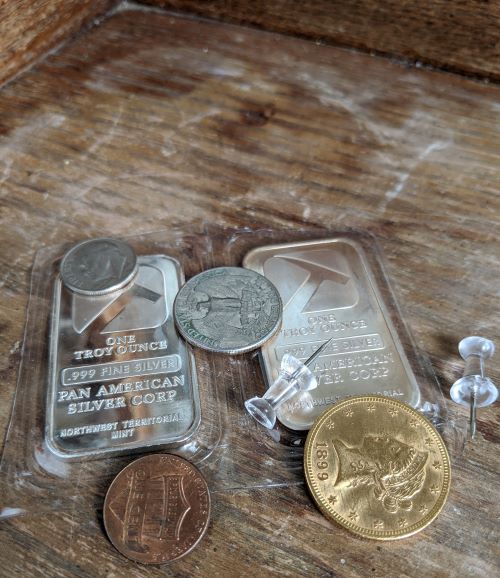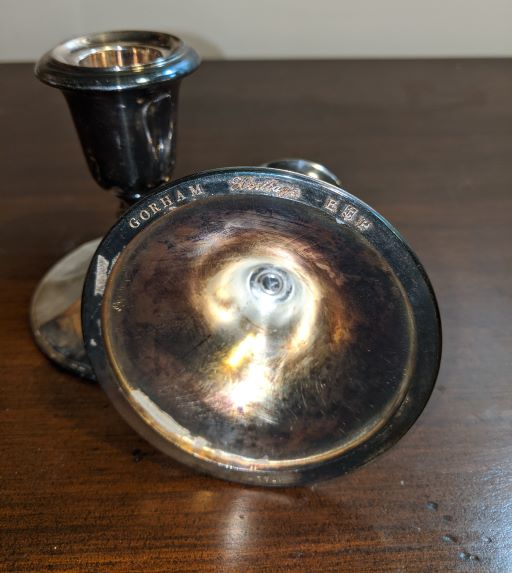I am posting today my journal entry from April 13th, as I entered it in my personal journal. I am placing it here as a landmark because just yesterday on the “Off-The-Chain” podcast host Anthony Pompliano’s guest, Cathie Wood (the podcast was originally dropped on April 16th) repeated the government line that there will likely be 60,000 US covid-19 related deaths. I think it is an important insight into that particular investment strategists thinking that she is using the government number, which I view as objectively false. Here is what I wrote on April 13, three days before the podcast dropped and, I believe, two days before it was recorded:
“I am continuing to hang out and read and such and just want to make a note that my current guess is 160,000 dead in US from coronavirus by August 1. I don’t know if that is enough to make a dent and have anyone care, but that is my number. On facebook I encountered two posts, [from friends and colleagues] about how it makes sense we would have so many cases because we are bigger than the European countries reporting. I think that is wrong. I think we have a pretty big problem and people aren’t getting it.
Here is the math I am looking at: in Italy, our canary in the coal mine, since their outbreak preceded ours by over a week, they are currently reporting 159,516 cases, 20,465 deaths and 35,435 recovered. The reported death rate is 12.83%, which is the total number of dead divided by the diagnosed cases (20,465/159,516 = 12.83) It seems to me that the case fatality rate should be calculated using resolved cases. I think the total resolved cases in Italy are the recovered plus the dead, or 55,900. Of the resolved cases, the case fatality rate is 36.6%. If we think we might experience that level of morbidity, then, using just our current number of cases, and not our projected cases even three or four days from now, our deaths of those CURRENTLY INFECTED would total 212,565. Italy’s numbers are pretty high. Maybe we use Spain’s numbers and that is how I got to 160,000 [which I had postulated in a different part of my daily writings]. If we use China’s numbers, then we wouldn’t expect any more deaths, because our case rate is already at their reported level of morbidity. Only they claim to be just about finished, and we are definitely just starting.”
That’s it. That’s the post. I continue to hear projections of 60,000 or 70,000, but even as I post this on April 24th, we have reached 50,000. I see nothing developing in the ten days since making my first estimate that would change my thinking, and the path to 160,000 US covid-19 deaths by August 1st looks wide open. There are about 100 days between now and then. If average daily mortality is 1,000, that is all it will take. Yesterday’s mortality count was 3,300. Almost 30,000 new cases were added yesterday. The total unresolved cases are still 740,000 people in the United States. It will be interesting to see how the collective conscious moves itself toward the reality of the situation, and whether it will really change anything.




